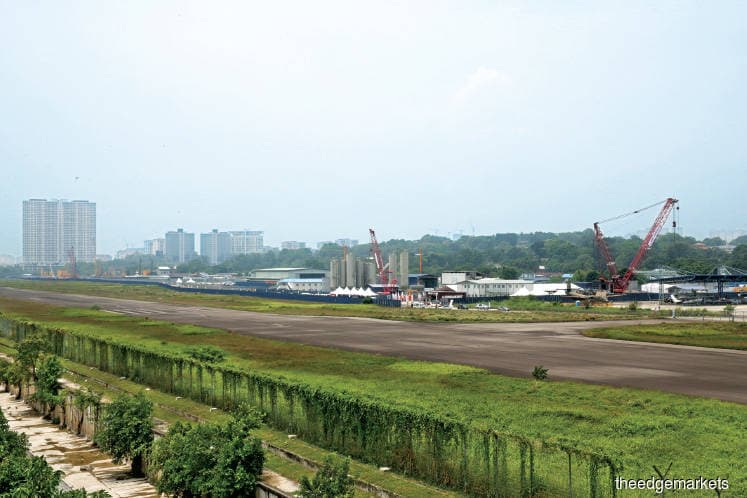
This article first appeared in The Edge Financial Daily on April 30, 2019
KUALA LUMPUR: The revival of mega infrastructure projects such as the East Coast Rail Link and Bandar Malaysia development is a sign that the government is turning its attention towards growing business activity, according to Rakuten Trade.
“The revival of these projects (suggest) the government is more business-minded now,” said Rakuten head of research Kenny Yee at a media briefing yesterday.
While acknowledging that there are sceptics who will question if the Malaysian government can afford such projects, he nonetheless is confident that Prime Minister Tun Dr Mahathir Mohamad would have negotiated the terms and conditions of financing these projects with Chinese partners.
He added that the roll-out of infrastructure projects is likely to revive the ailing domestic economy, as the multiplier or spillover effect of construction activity is the “fastest and widest” compared to other sectors. As such, Yee is bullish on both the performance and earnings growth of construction stocks this year. He estimated an average 15% to 20% increase in earnings for construction firms and particularly favours IJM Corp Bhd, which is among the biggest contractors on the stock exchange and is expected to be a prime beneficiary of the Penang Transport Master Plan. Yee noted that compared to Gamuda, which had gained some 48.3% year-to-date (YTD), IJM has climbed 40.7%.
However, the construction sector is under-represented in the benchmark FBM KLCI, which is what most global fund managers keep their eyes on, he explained.
Rakuten projected an earnings growth of 2.4% for the KLCI this year, which is expected to rise to 6.3% in 2020. The lacklustre growth in earnings this year is due to gaming stocks pulled down by additional tax on casinos.The impact of this tax will be felt by Genting Bhd and Genting Malaysia Bhd, said Yee.
The research team expects the KLCI to touch 1,760 points by the end of this year based on 16 times forward price-earnings ratio.
While the summer holidays for global fund managers are likely to keep the KLCI sluggish in the second quarter of 2019, Yee opined that foreign funds in the local market are already at a minimum after a heavy outflow over 2018 totalling RM11.6 billion and a current YTD foreign selling of RM2.57 billion.
He added that a weak ringgit to the US dollar and the pickup in construction and business activity will draw foreign funds back to Malaysia, “hopefully by the third quarter of 2019.”
Rakuten continues to favour selected blue-chip stocks, particularly in banking, as they are now under foreign holdings and trading at “reasonable levels”.
“It is a good time to accumulate index-linked stocks,” said Yee.
He also opined that the selldown of KLCI constituents over the FTSE Russell review of Malaysian bonds and the possible downgrade in sovereign ratings by credit ratings agencies has been overhyped.
Other catalysts for funds flowing back into Malaysia and other Asean countries include the Chinese government’s proposal to reduce the reserve requirement ratio for its banking sector, which could see an estimated US$120 billion flowing into the global monetary system for every 1% cut, Rakuten said. Additionally, some US$80 billion of foreign funds is expected to be drawn to China as MSCI will increase the country’s weighting to 20% from 5% in stages this year.
“When foreign funds come back [to Malaysia], that will be the start of a bull run,” Yee said, adding that the returning fund flow could lift the ringgit to 3.90 against the US dollar this year.